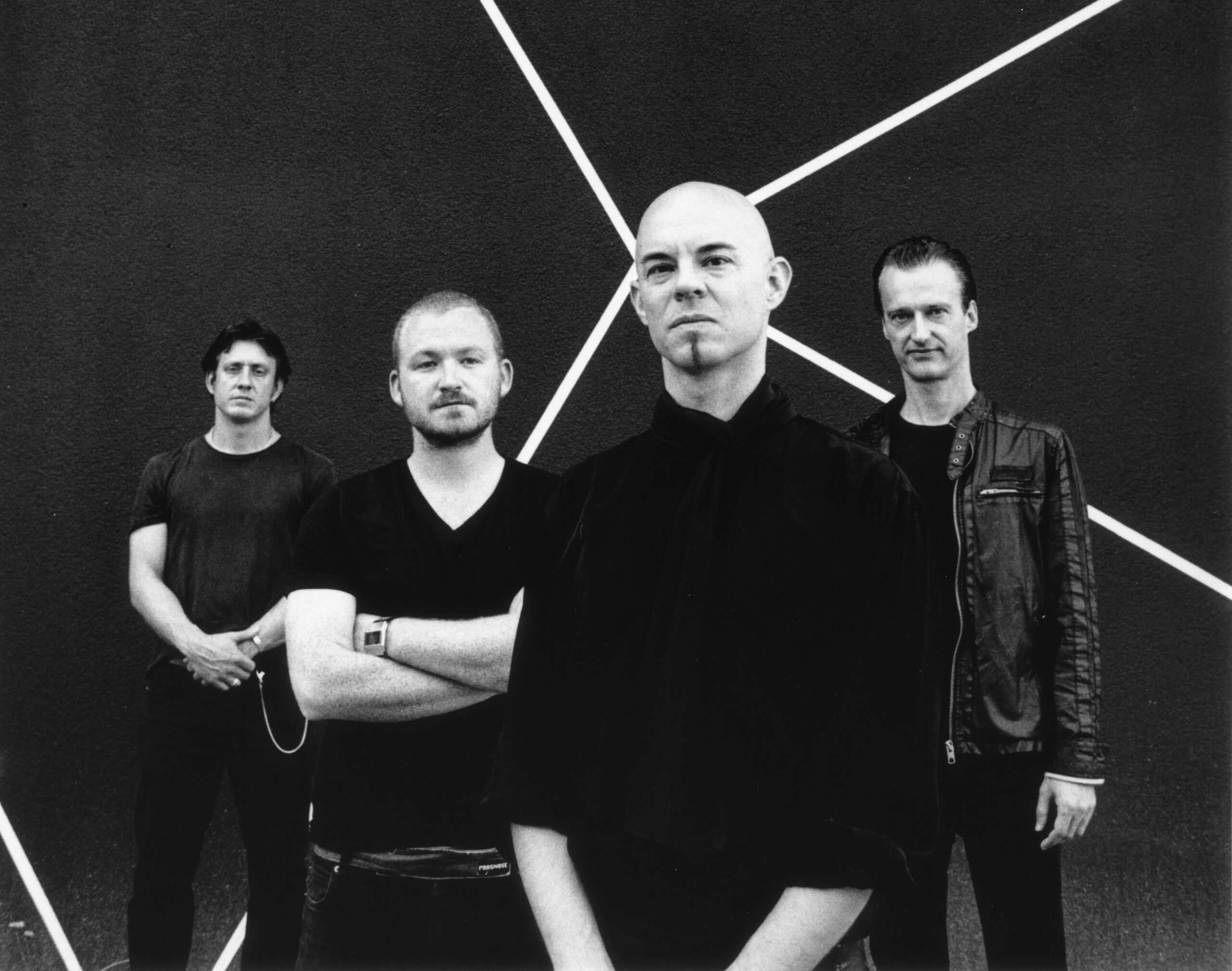
In May, Swiss pianist and composer Nik Bärtsch will celebrate the release of his new album, Continuum at the Rubin Museum. Below, the zen funk musician answers a few questions about the role of rituals and spirituality in his music and performance:
Your music has a ritualistic component. Talk about why and how this impacts your music in practice.
For me, a ritual is a strategy to appreciate, celebrate and explore a life with elaborateness and consistency. So it shows our creative capacity to invent a careful context around a phenomenon of life in a community. It shows the difference between doing something specific or just doing something.
This is the essential message of our music: do something specific with focus and share it coherently with your partners.
We explore this idea on a micro level in the music itself with pattern combinations and cycle overlappings, and also in the concert dramaturgy but also in the way we work: constant playing and rehearsing together with a long term partnership and our weekly Monday concerts for more than eleven years in our own music club EXIL in Zurich. A ritual frame can offer you a structure in which you really can explore freedom and deepen your experiences.
Your upcoming concert at the Rubin coincides with our new exhibition Nepalese Seasons: Rain and Ritual. What cultural rituals have inspired you or continue to interest you?
“Rain and Ritual” – what a beautiful title. We look very much forward to visit the museum and being part of the exhibition!
So many rituals interest and inspire me. I am especially interested in art-related rituals, for example, Japanese Noh theater and how it is structured, performed and shared with its audience. Also, spiritual rituals that are organized to open the body-mind for transcendence and creates a strong, expanded presence and connection with “the whole.”

Describe how you feel when you are playing music. What’s going on in your mind and/or body?
To perform means to think with your body and to expand your “now.” The body-mind-spirit holon connects with all partners in the resonating space: the other musicians, the audience, the spirits (in a philosophical sense), the space, and its meanings. Resonating means to be free and coherent at the same time and to bring the “now” into relation with your dramaturgical intuition.
What are some of your daily rituals? Any outside the musical realm?
I developed a little training unit that includes body techniques from Aikido, music practice, and meditation to make myself ready for the day, it includes a self-invented adequate philosophical mantra to remind me what is important and not to lose my mental compass. Preparing tea for my wife and me also helps me focus and enjoy myself—and singing a good night song to my children when I’m home; that is also a ritual.
What excites you about playing at the Rubin Museum? Do you have any connections to the visual arts or the Himalayan region?
As a child, my mother took me to every exhibition at the Kunsthaus Zürich, which displays traditional and contemporary Western art, and to the Rietberg Museum, which displays non-European art. So I usually feel very much “at home” in museums and visually resonating places. The different and supercharged atmosphere of museum spaces is usually very inspiring and essential, especially for our acoustic group and its focused performance. We did a few concerts in museums and it always deepened the experience of connecting the music and the related community.
The art of the Himalayan region has, of course, a strong connection to ritual practices and is historically created within spiritual contexts, so it will be an especially interesting experiment to combine it with our “modern” interpretation of basic community and resonance phenomena in musical communication.
See Nik Bärtsch’s Mobile perform live at the Rubin on May 6, 2016.

